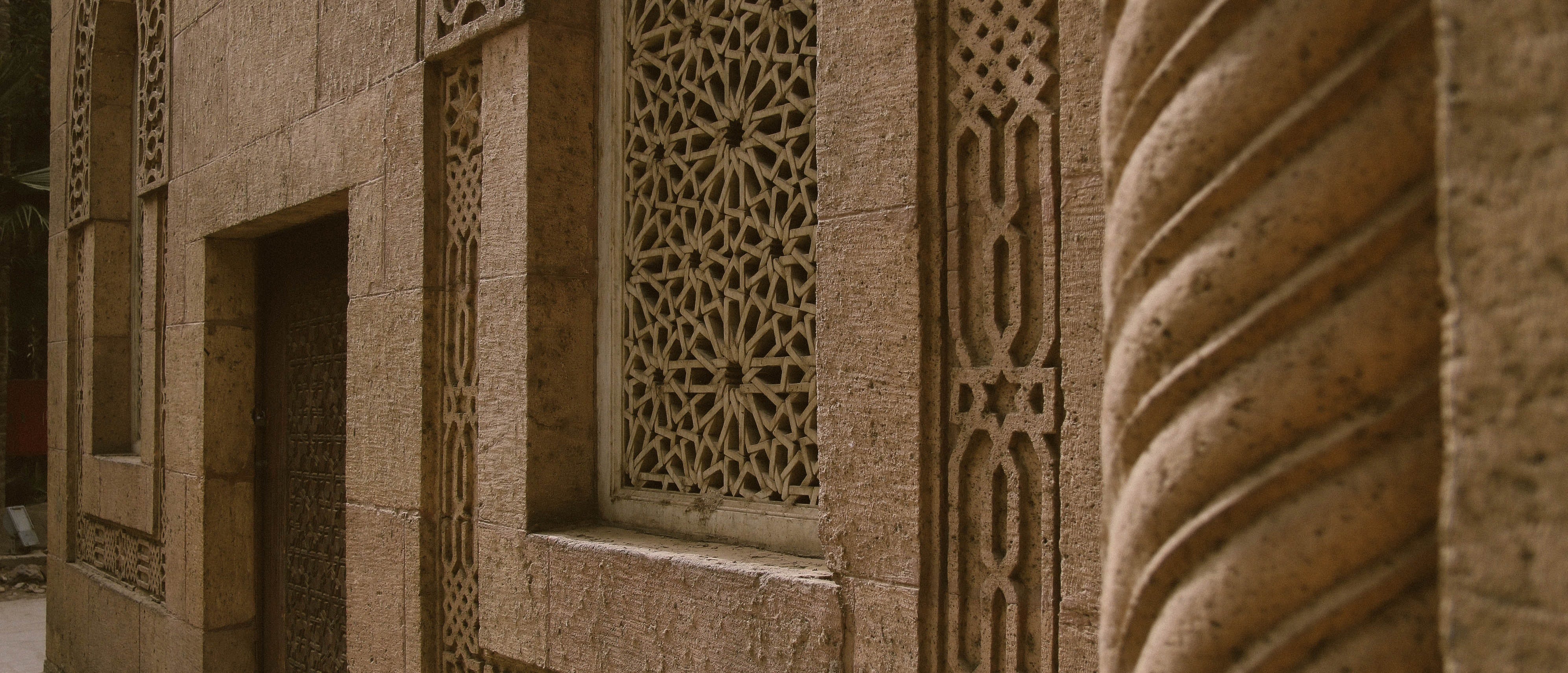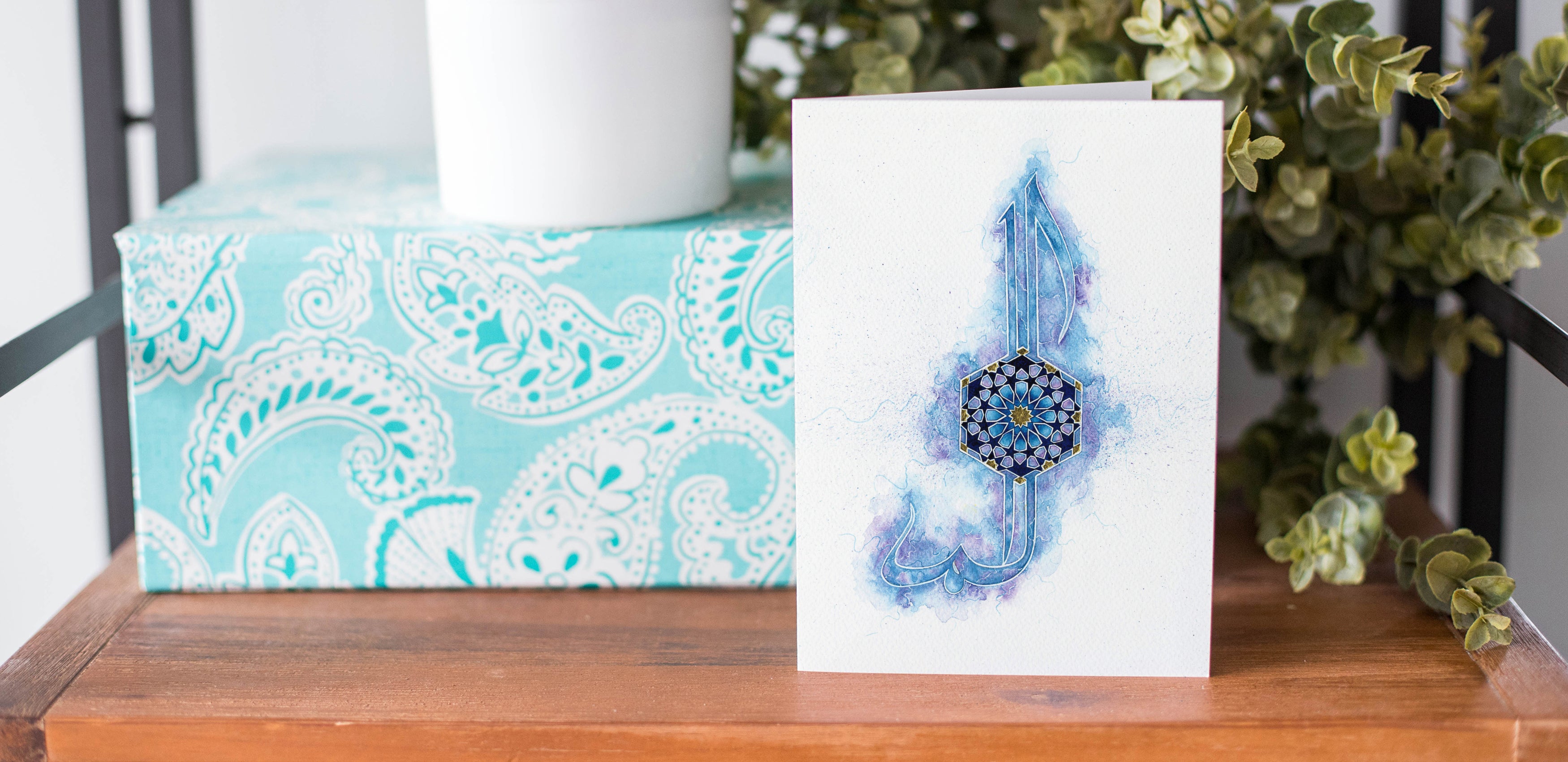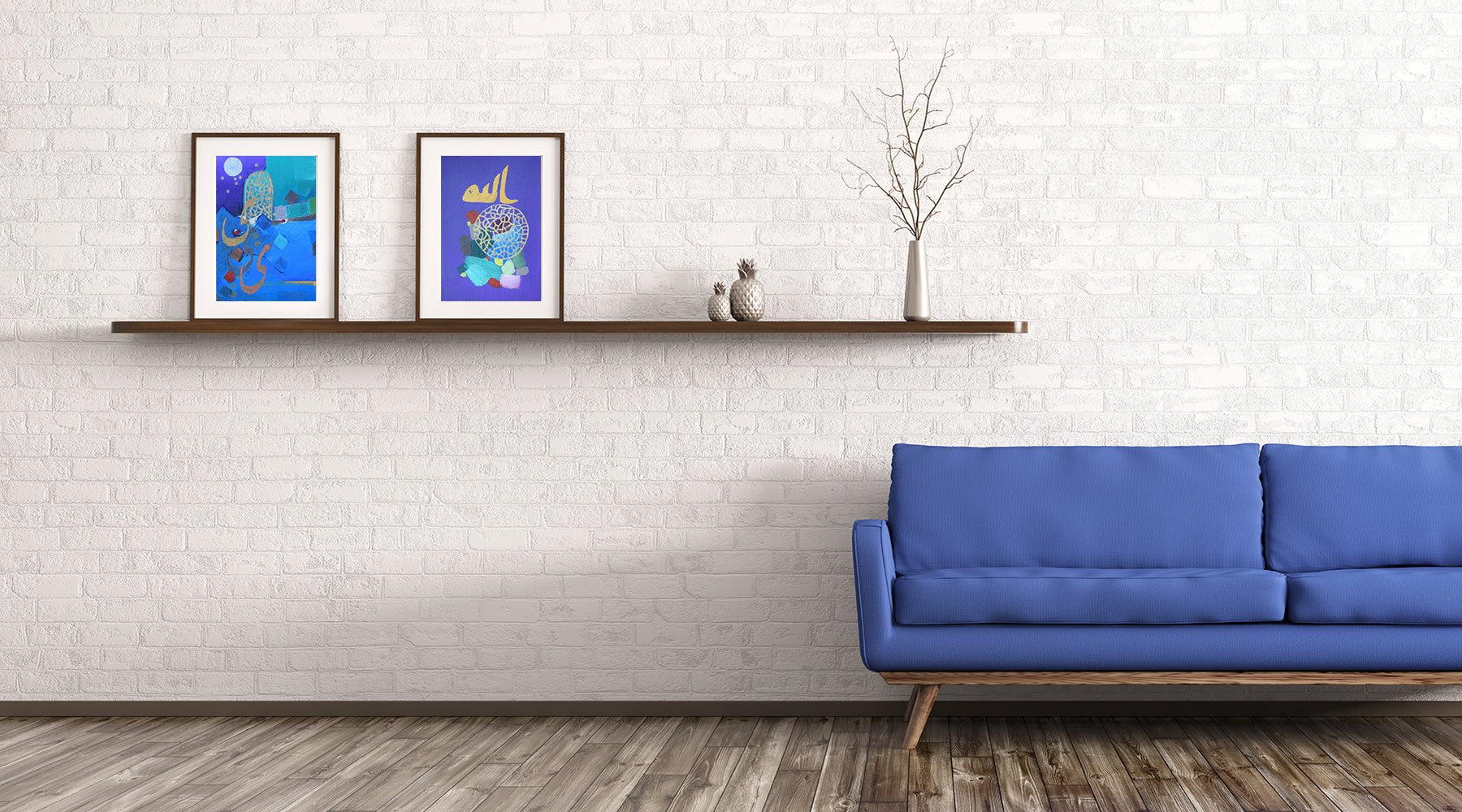
Spotlight on: Islamic Geometry
The sacred art of Islamic geometric pattern has captivated people throughout the centuries. The vast majority of us however, do not really understand the history and significance of its practice, its origins and why it continues to captivate artists even today.
Islamic art was not a movement that progressed slowly through the years, but it quite quickly came forth as the faith of state and began to spread, bringing into practice ideals from Islamic cultures. In many parts of the Islamic world, it became prohibited for artists to depict people (known as aniconism) within their work, specifically within the confines of holy sites such as mosques and shrines, as well as within the Holy sanctuaries of Makkah, Madinah and Jerusalem.
To avoid causing offence, instead of depicting humans, Islamic artisans and artists combined their penchant for geometry with pre-existing traditions, creating a new and distinctive type of art. And now, Geometric patterns are completely synonymous worldwide with Islamic art.
What geometric pattern came to symbolise was something so much greater and more important than just a pretty way of combining blocks and colours. It became about mathematical proofs and truths about shapes. Those proofs in turn, led the viewer to contemplate a Higher purpose - a Higher proof and a High truth.
Even today, artists choose to explore this Higher purpose through this very beautiful and distinct method of geometric art. This incredible art-form evolved to such an extent that the various intricacies, complexities and combinations of pattern have become almost a language in their own right, although to the lay-person, that language may not ever be something that they completely understand.
It wasn't just Islamic artists that heed inspiration from the geometric patterns created centuries ago, many other artists have based their works on these principles, regardless of their religious affiliation. Take the works of M.C.Escher, one of the worlds most famous graphic artists, was influenced by his fascination of Islamic art patterns from the Al Hambra in Spain.
To this day, Islamic geometry can be seen all over the world, in art, furnishings, architecture, paving, and many other places. Its strong characteristics and coherence of design continue to drive its success, and generations continue to learn, practice and innovate this iconic style.
IslamicArtPrints.com is so proud to bring you sensational Islamic geometric pattern art from some of the world’s most incredible geometry artists.

Why have these artists chosen particular designs and patterns in their works?
That’s a secret you may never know, but you can certainly sit in front of a wonderful piece and attempt to figure it out.







Leave a comment
This site is protected by hCaptcha and the hCaptcha Privacy Policy and Terms of Service apply.